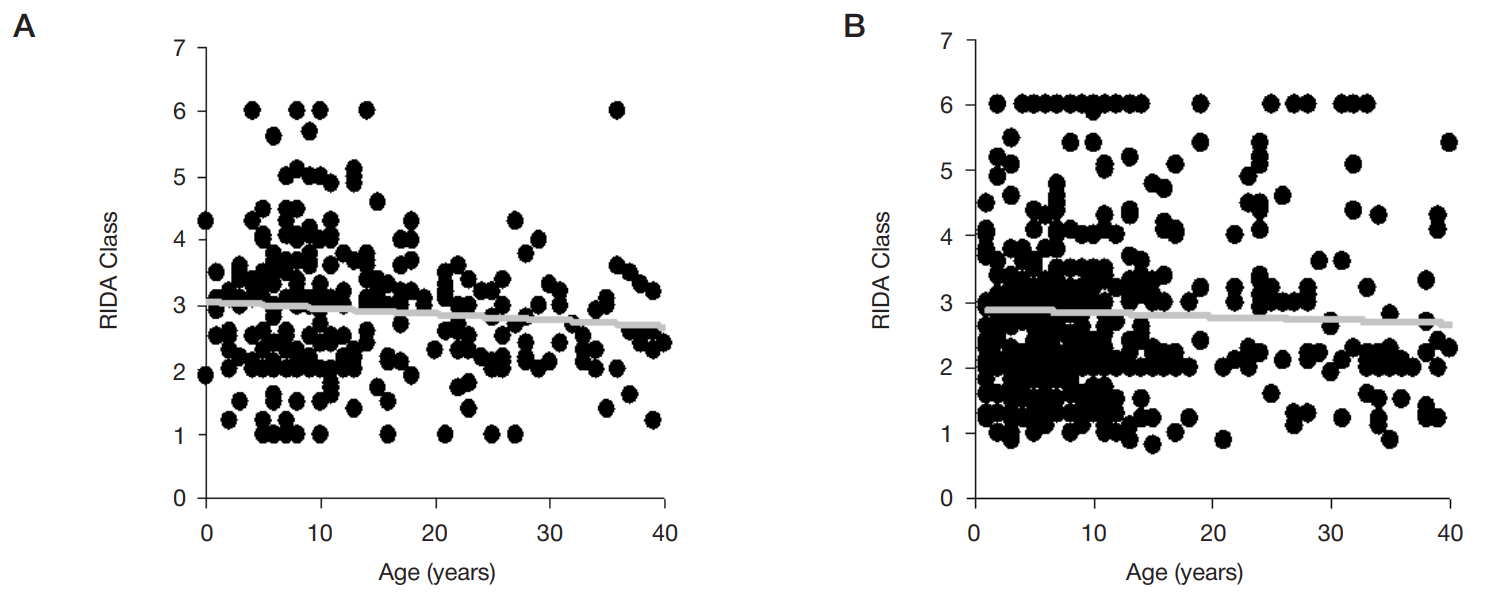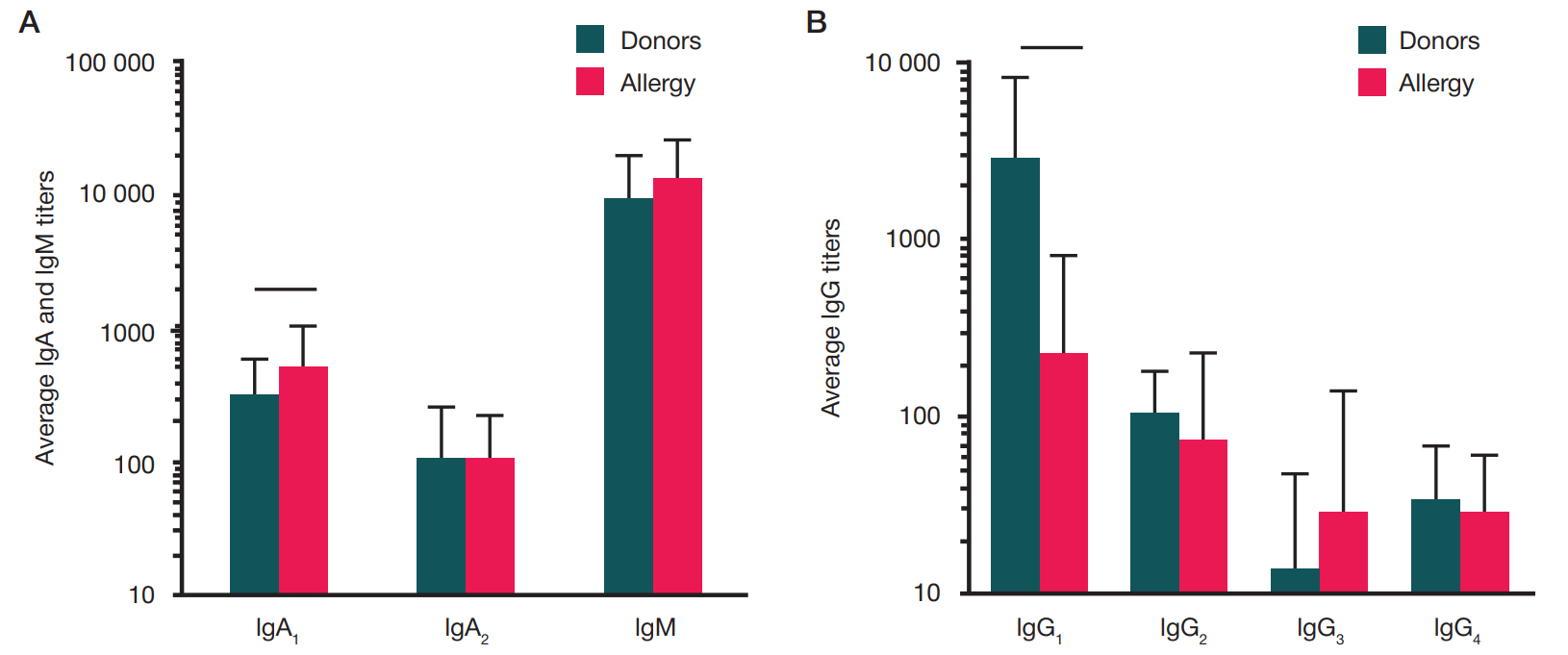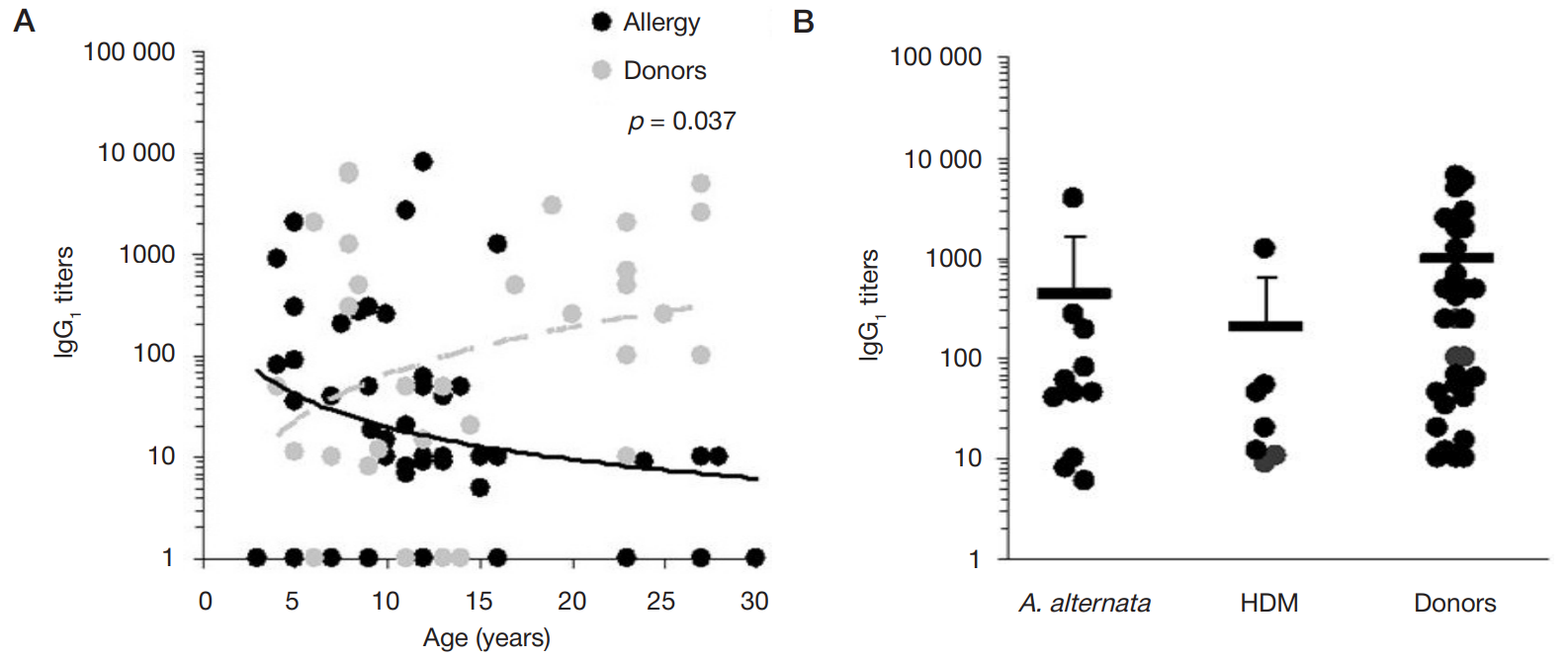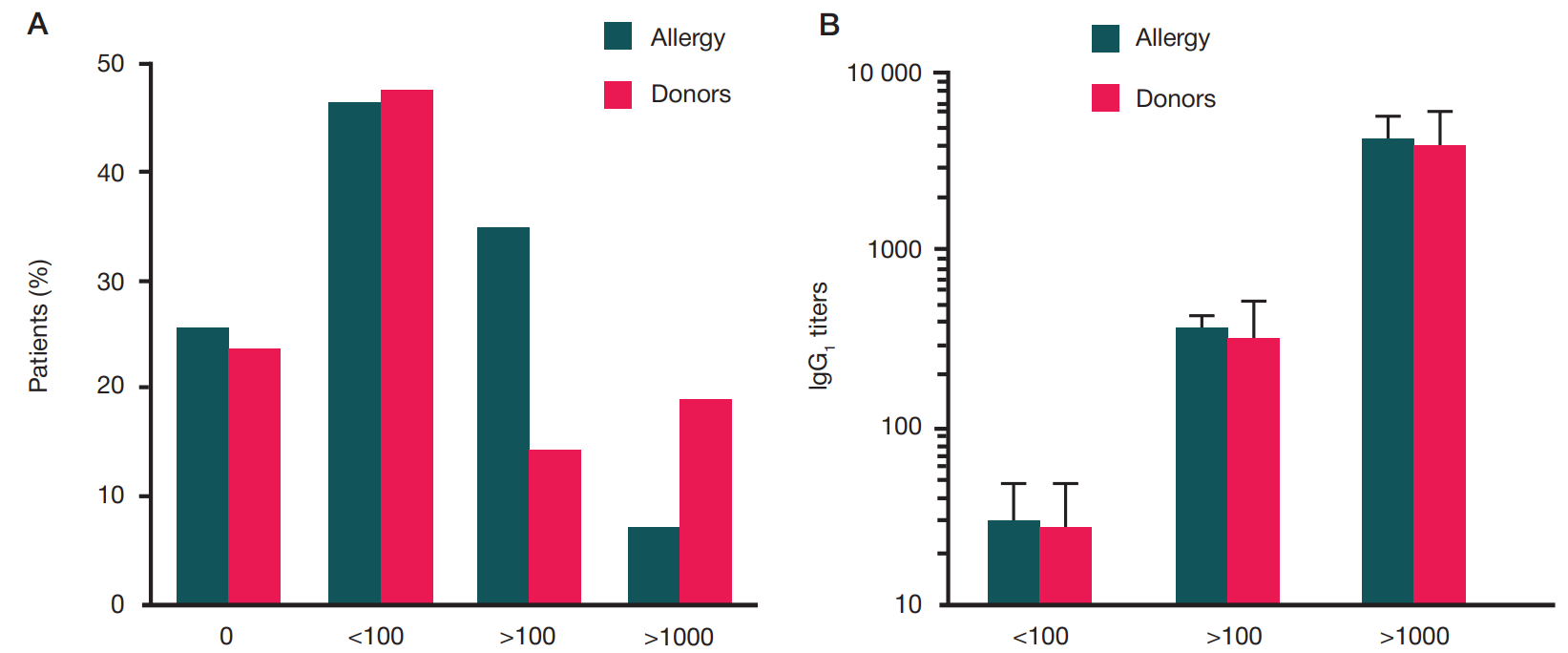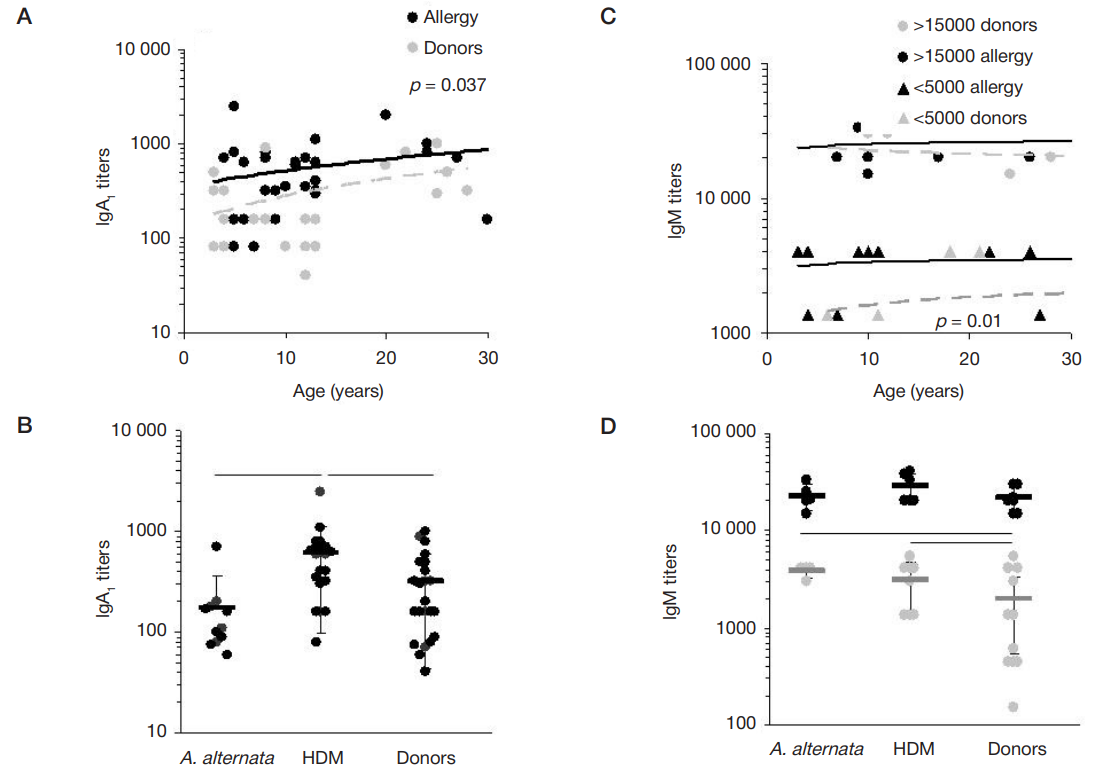
ORIGINAL RESEARCH
Humoral response to Epstein-Barr viral infection in patients with allergies
1 Shemyakin and Ovchinnikov Institute of Bioorganic Chemistry, Moscow, Russia
2 Institute of Continuing Vocational Education, Federal Medical Biological Agency, Moscow, Russia
3 Mechnikov Research Institute of Vaccines and Sera, Moscow, Russia
Correspondence should be addressed: Elena V. Svirshchevskaya
Miklouho-Maclay 16/10, Moscow, 117997; ur.hcbi.liam@rivse
Author contribution: Svirshchevskaya EV measured IgE titers against allergens in the sera of allergic individuals and healthy donors, processed the obtained data and participated in the writing of this article; Khlgatian SV selected sera samples for the study and conducted RIDA assays; Fattakhova GV and Chudakov DB measured IgE titers against allergens in the sera of patients with allergies and healthy donors; Matushevskaya EV collected sera samples from patients with allergies, participated in the discussion of the study results and in the writing of this article; Simonova MA and Ryazantsev DYu performed iPCR; Ryazantsev DYu expressed recombinant proteins of EBV, A. alternata and D. farinaе; Chudakov DB synthesized, purified and characterized the sufficient amount of recombinant proteins for the study; Zavriev SK optimized PCR and participated in the discussion of the study results.
